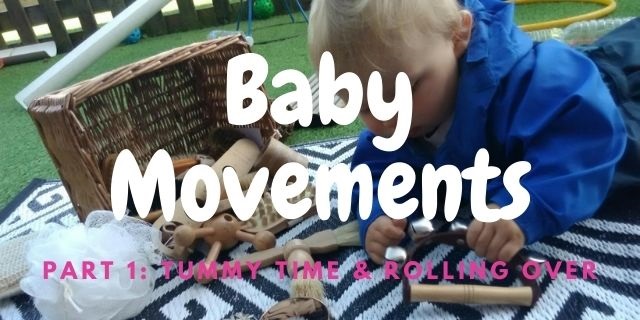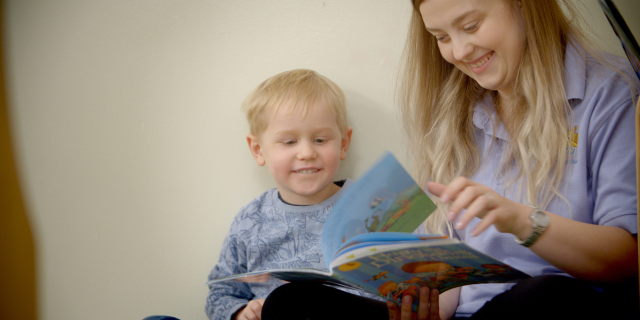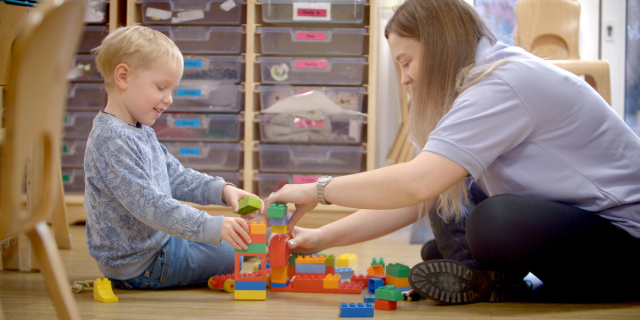Blog
Baby Movements | Tummy Time & Rolling Over
Blog

When you’re holding your new bundle of joy in your arms, it can be hard to imagine them up and running around, but it will be here sooner than you think. There are several milestones they will achieve on the way…cherish every moment!
The term ‘tummy time’ is relatively new in child development, brought into practise after professionals declared babies should not sleep on their fronts as it can cause cot death. Tummy time is placing your baby on their stomach while they’re awake, and someone is watching. It is a crucial exercise for a baby’s visual, motor and sensory development. It helps prevent flat spots on the back of baby’s heads and develops the muscles in their neck and shoulders necessary to eventually sit up, crawl and take their first steps independently.
You can begin tummy time as early as the first day you bring your baby home. Prepare by placing your baby on their tummy on a play mat or clean towel on the floor for 3-5 minutes, 2-3 times a day. Ensure their tummy is on the floor. The time can be increased as your baby gets stronger and more comfortable with tummy time. Your new born will not be able to support their head for some time, but by introducing tummy time early in their life will get them used to the activity and feeling of laying on their stomachs.
UK Chief Medical Officers’ Physical Activity Guidelines state that non-mobile infants should have at least 30 minutes of tummy time spread throughout the day while awake (and other movements such as reaching and grasping, pushing and pulling themselves independently, or rolling over).
Give your baby a new point of view
During their tummy time sessions, your baby can get frustrated at the fact that they are not able to see as much as when on their back or sat upright in your arms. So, why not get down on the floor with them and play, sing or move a favourite toy for them to see and grab. Your presence will soothe them and make it an enjoyable experience as they learn to interact with their surroundings.
Never leave your child alone during tummy time
There are a few key rules to remember during tummy time: make sure your child is alert, not recently fed as this can cause re-flux and laying on a full stomach will be very uncomfortable which can upset your baby.
Once your baby has mastered holding their own head up, the next leading step will be rolling over, usually around 6-7 months, which can be a new skill that is learnt suddenly. So, remember not to give your child tummy time on raised surfaces, such as changing tables or sofas, where there is a risk of rolling off.
Rolling over usually takes place at around 6 to 7 months, but every child is unique and will move at their own pace. Some babies may even skip the rolling stage or may decide it is the only way to travel for a while. The best way to encourage rolling over is to give baby as much tummy time as possible and entertain them with toys or activities to one side. Once they have begun to roll, you may find that your baby has a dominant side that they like to roll onto, this is normal, and it is most likely going to be that side hand that they will learn to write with when they are older.
At Kiddi Caru we incorporate tummy time to encourage rolling within a variety of our activities to make the process fun for the children and for them to learn through play. Our team introduce reflective surfaces for the babies to see themselves and the room whilst on their front as it can feel quite limiting being on their tummies compared to their backs. As well as, body painting to incorporate their sensory play using their whole body and developing their gross motor skills (large movements), it also results in some great art work for our displays in the room or for their parents to take home. Within our nursery environment our babies grow in confidence, along with watching and interacting with their peers to encourage one another to progress to their next developmental stage of movement – sitting and crawling!
Read Kiddi Caru Baby Movements Part 2: Sitting Up & Crawling
Share this article
Related blog/news
Swipe to see our latest articles.








